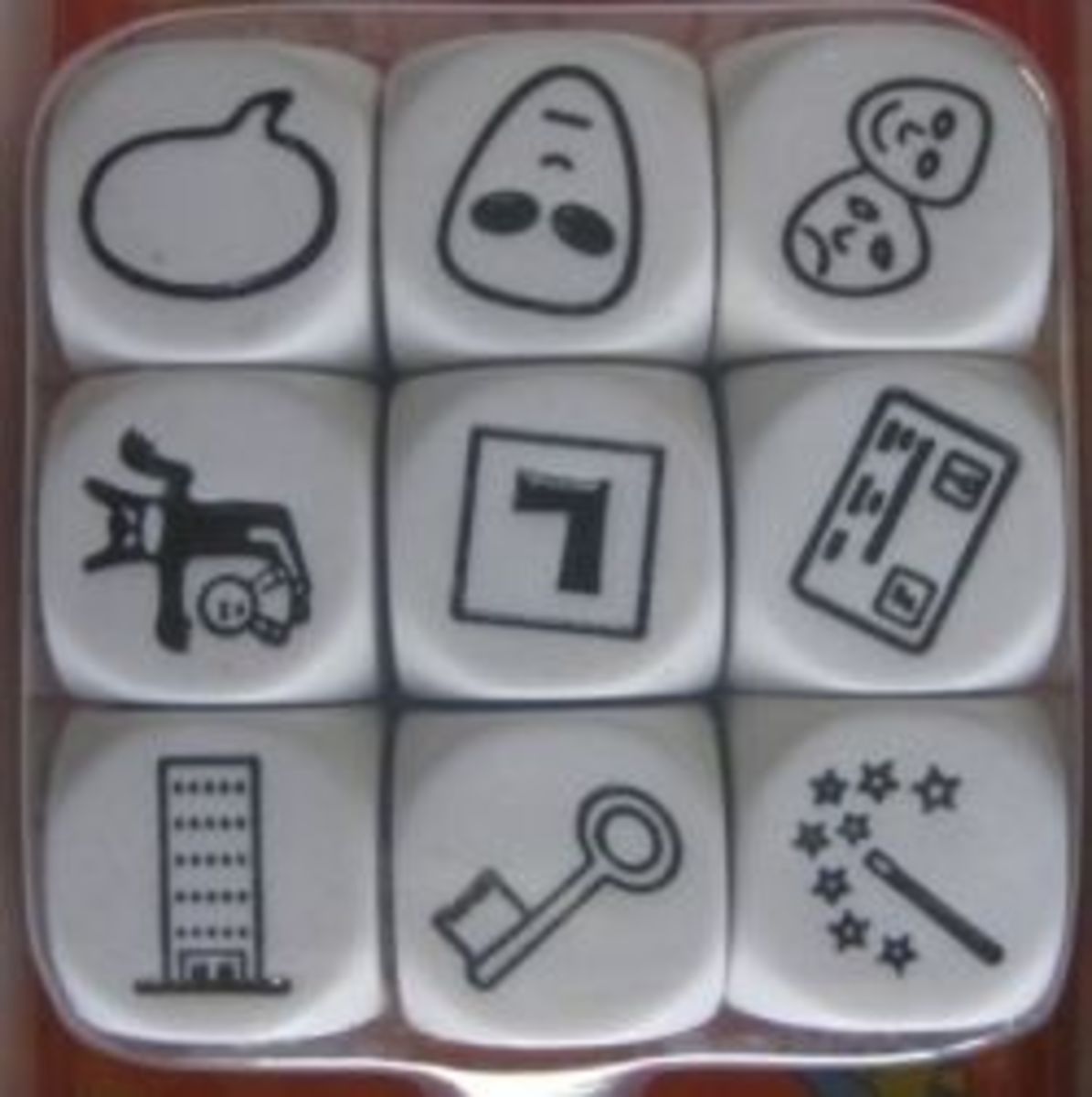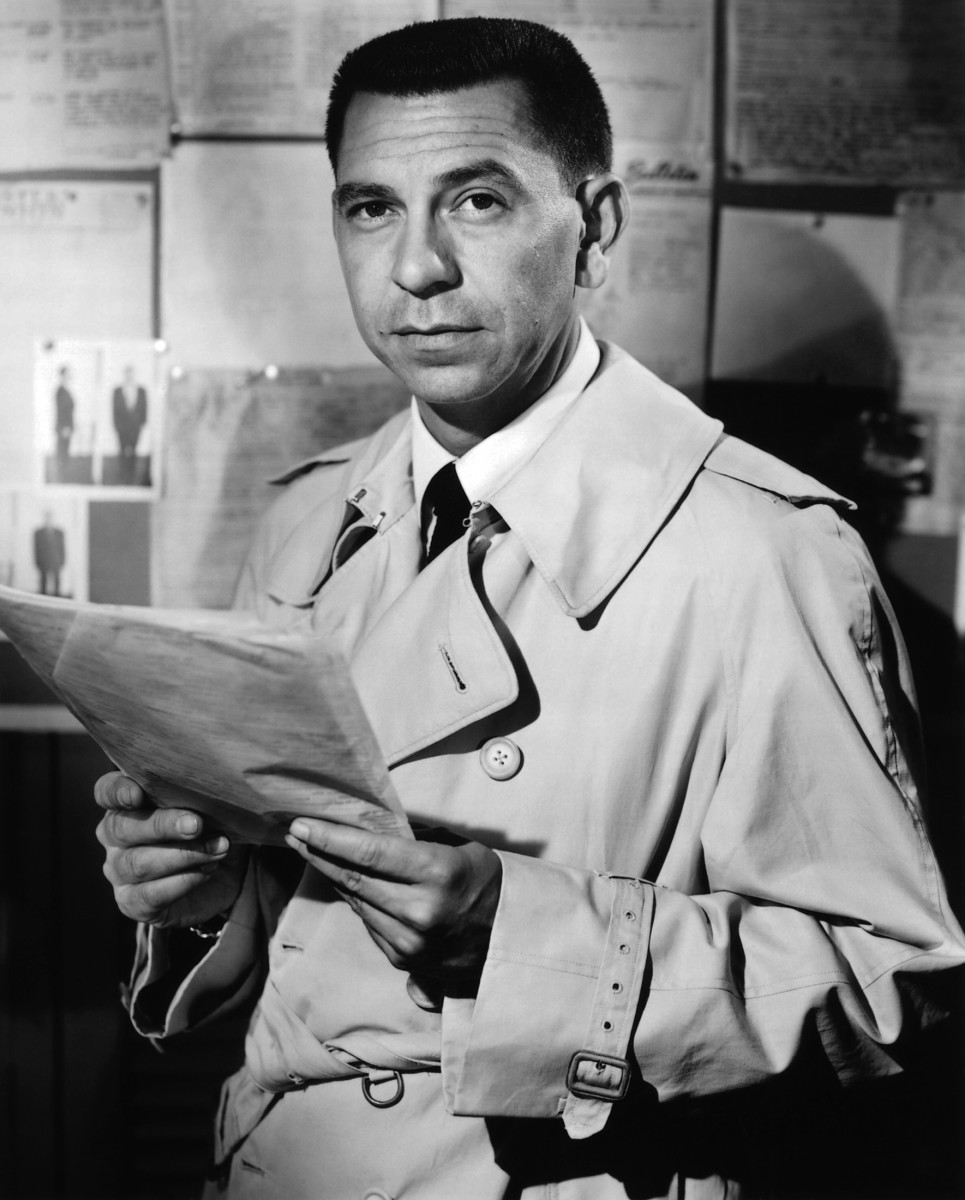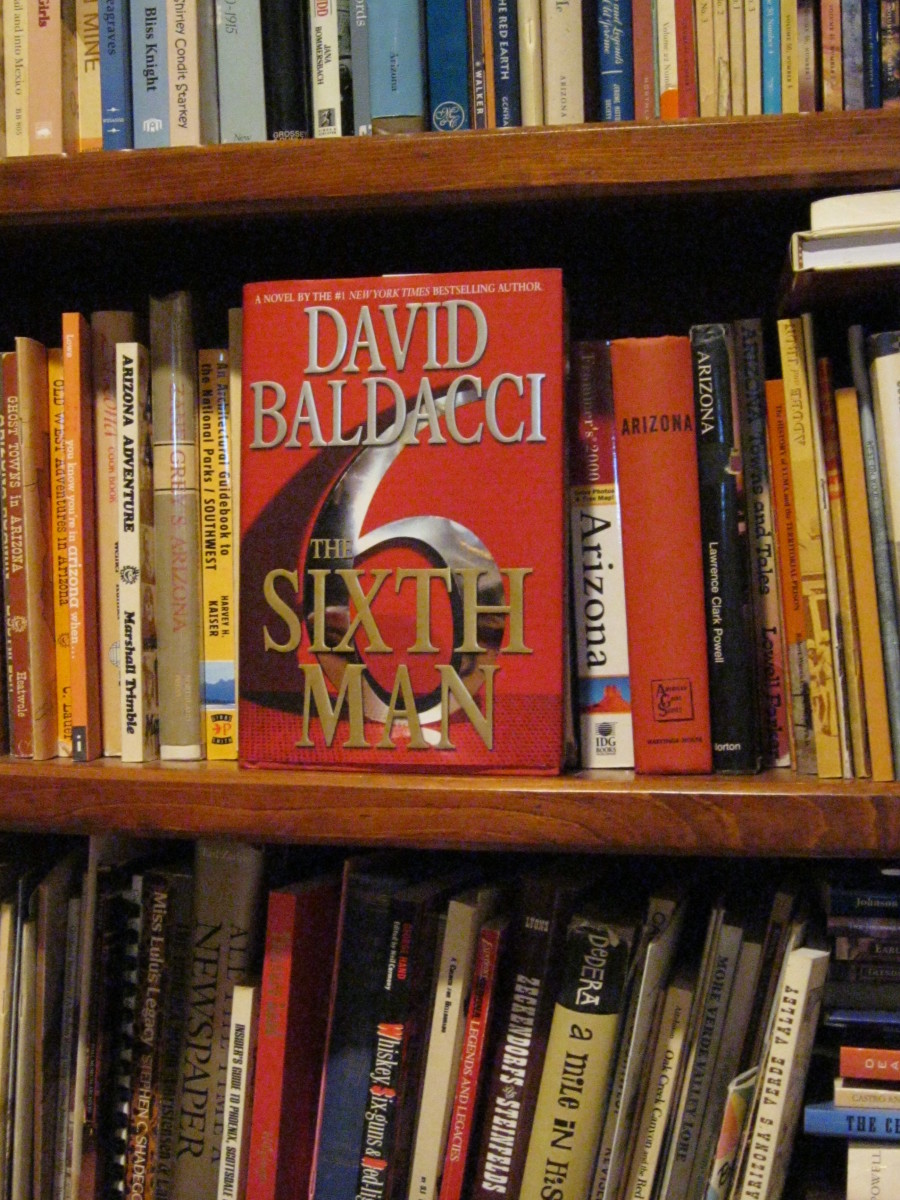The Master Storyteller: How To Tell A Story
"Tell me a story..a story...and then I'll go to bed," goes the song.

How to open a story.
Welcome to The Master Storyteller: How To Tell A Story. Sorry to you writers. I'm talking about 'oral storytelling' here.
“Once upon a time, a long time ago, in a land far away there was...” With these few words the listener knows that a story is to follow. We probably heard these words quite often as children and immediately we relaxed to them, surrendering to the story we knew was to come. Moreover, we not only surrendered our critical faculties to some degree, knowing that the story could be fact or fiction, truth or an exaggeration, we simply did not care. We only wanted to be entertained. And that, of course, is the key to good storytelling. It needs to entertain us. I guess there are really no other hard and fast rules except this one.
We need to be drawn into that entertainment swiftly.
However, we need to be drawn into that entertainment swiftly, smoothly and without our critical or judgmental faculties being aroused. So, avoid the long rambling introduction as to why you are going to tell the story. Or how you are going to do it. Or even why you think it is necessary. Simply get on with it, says Master Storyteller, Tom Ware. And do it, if you can, by immediately ‘setting the scene.’ This very likely will involve a time and place, what is going on at that time and in that place and, preferably by keeping it in the presence tense. If you want drama, if you want immediacy, keep it in the presence tense. For example:
“The year is 1936, the place the great Olympic stadium in Nuremburg Germany. Eighty thousand blue-eyed, blonde haired Aryans of Adolf Hitler’s so-called master race have gathered to listen to the Fuhrer.”
Tell me a story...and then I'll go to bed.

The Storyteller: How to tell a story.
You see what has happened here? Time, place, the situation, and even the storyteller’s feelings about these events, come forward in these couple of sentences. The story is actually about the great airship, The Hindenburg. The airship itself is introduced directly after Adolf Hitler finishes his presentation. It flies overhead!
Another example.
“It is a cold night, bitterly cold, there is no moon and a million stars fill the sky, reflecting like diamonds in the inky black waters of the sea. And upon the surface of the sea stands a great ocean liner, motionless, her eight accommodation lights ablaze with lights.”
Probably the greatest sea story ever. The RMS Titanic.
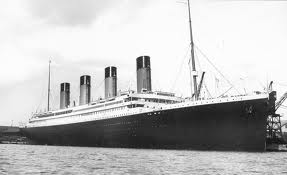
Can you not see the scene? This is Master Storyteller Tom Ware's opening to a story he's told many times before – and which many, many people have told. But it is how it is told that is important. Make the opening dramatic. Take the listener to the scene straight away. Here is the Titanic. She’s already sinking. This is how Tom opens the story before going back to her being built in the dockyards of Harland and Wolfe
Another - and this one takes you not only to the opening scene but introduces the main character.
“There once was a farmer who lived by a great river. The farmer was very religious. A bigot. A ‘Callathumpian’ by faith he was very intolerant of any other religion. His was the only true faith and he would brook no nonsense from others who believed differently to him. Once day the skies clouded over and the rains began...’’
Storytelling techniques: build up the drama, as water would gradually rise in a flood.
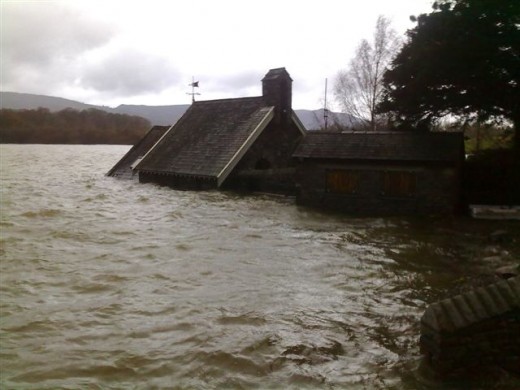
Tell me a story - How to tell a story.
It can be quite in order to start a story in past tense. But if you want to bring out the dramatic, switch as quickly as you can to the present. This can be done by dialogue. In the story of the bigoted farmer Tom does this by bringing in would-be rescuers when the farmer is trapped by floodwaters on the roof of his farm house.
“You there, sir! Heh! You up on the roof. Catch this line.”
Don't read it! Tell it from memory. It makes all the difference.
A few weeks ago I heard a story which made a lasting impression on me. It’s title: The Africa Boat. It wasn’t the way it was told. The storyteller actual read it out loud. Such reading of a story nearly always detracts, unless the reader is exceptionally skillful. What attracted me was the development of a relationship which led to the hero sacrificing his freedom from his friend. It aroused deep emotion. It is Goan story and after some thought, I decided the best way to tell this one was to put in a bit of back ground. A very brief history lesson – and I mean brief. Here’s how I’d tell this one:
Tell me a story about a fortress by the sea.

"Now we all know that where there is empire there are rebels...
“As late as 1950 the tiny nation of Portugal still had the remnants of what had once been a great empire. Two hundred years after the Italian explorer, Christopher Columbus, sailing with a Spanish fleet discovered America, Portugal had a huge empire. The whole of Brazil belonged to her. And later, Portugal had colonies if Africa: Angola and Mozambique, and in Indonesia, Macau in China, and even a tiny colony on the West Coast of India, : Goa.
“Now we know that whenever there is empire there are rebels, insurrectionists, freedom fighters. One such freedom fighter was Xavier Baptiste of Goa. But Xavier Baptiste had been captured and was now imprisoned in the great fortress of Aguada right on the Goan coast.”
The Master Storyteller: Storytelling Techniques - How to tell a story.
This might sound a bit long-winded. It could be shortened. But the description gives the listener insight into how huge empires can gradually dwindle because of the locals eventually gaining their freedom by overthrowing their rulers.
One final story opening and that should suffice. This one’s called The Station Master’s Bell.
“They’d kept him on because of the war. At sixty-eight, old Gerald Ferguson was already three years over the compulsory retirement age. But in the winter of 1942 replacements were hard to come by. All the younger men had gone off to war; joined the army, or the navy, or the air force. So they’d kept old Gerald on as station master.
“Now Gerald had been with the Queensland Railways all of his life’ joined at fourteen he’d worked his way up. At one stage he’d had six men working under him, now he only had young Johnny Williams. He couldn’t to war...too young. “
The old steam loco is great to immitate if you want to include sound effects.
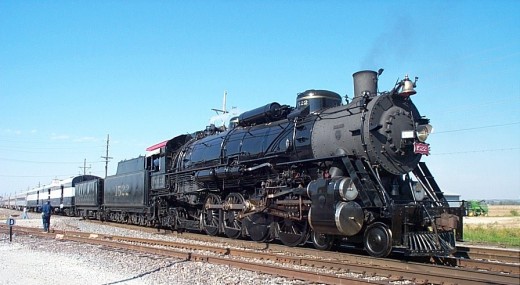
Use Sound Effects wherever you can.
Wherever I can in my stories I use sound effects. For example, in this story I make sounds like an old steam locomotive. It really does add to the effect of the story. In my story ‘The Stars Look Down’ (about the RMS Titanic) I imitate Morse Code, sound the Titanic’s fog horn, use dialogue with different accents. In other story I make a loud booming sound like an old fashioned muzzle-loading cannon being fired. You might think this is all rather corny but, in fact, I’m often approached afterwards by listeners who tell me how much they liked the sound effects and how these actually helped transport them back in their minds to similar type memories.
The Master Storyteller: How to tell a story.
What am I saying here? Paint the opening pictures in the mind of the listener. Use every device at your disposal to keep those pictures there, including sound effects – remembering of course that you, yourself are the only visual aid. You, as a speaker, should disappear, to be replaced by the pictures you evoke in the minds of your listeners. It thus becomes their creation, created by their memories, their thoughts, their emotions. You are but the catalyst. Being aware of that will enable you to be a real storyteller.
Good luck, and I hope you gained something out of How To Tell A Story.
More on the writer
- Tom Ware Public Speaking The Prince of Storytellers
Tom Ware Public Speaking! Tips, events and videos to help you become a gifted speaker. Visit now! - Tom Ware - YouTube
Tom Ware is a Master Storyteller. Known as 'The Prince of Storytellers, Tom has been entertaining audiences with stories for thirty years. Tom joined his first Toastmaster Club in 1972. He's also been a member of Rostrum Clubs of NSW, the National Sp

